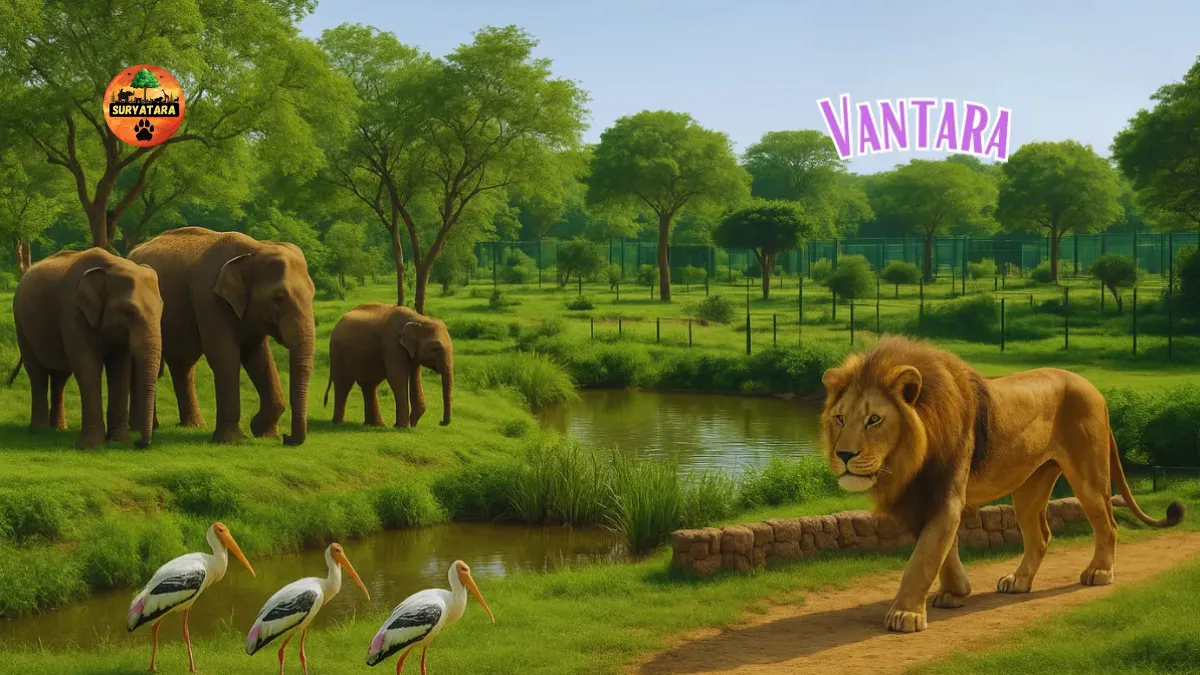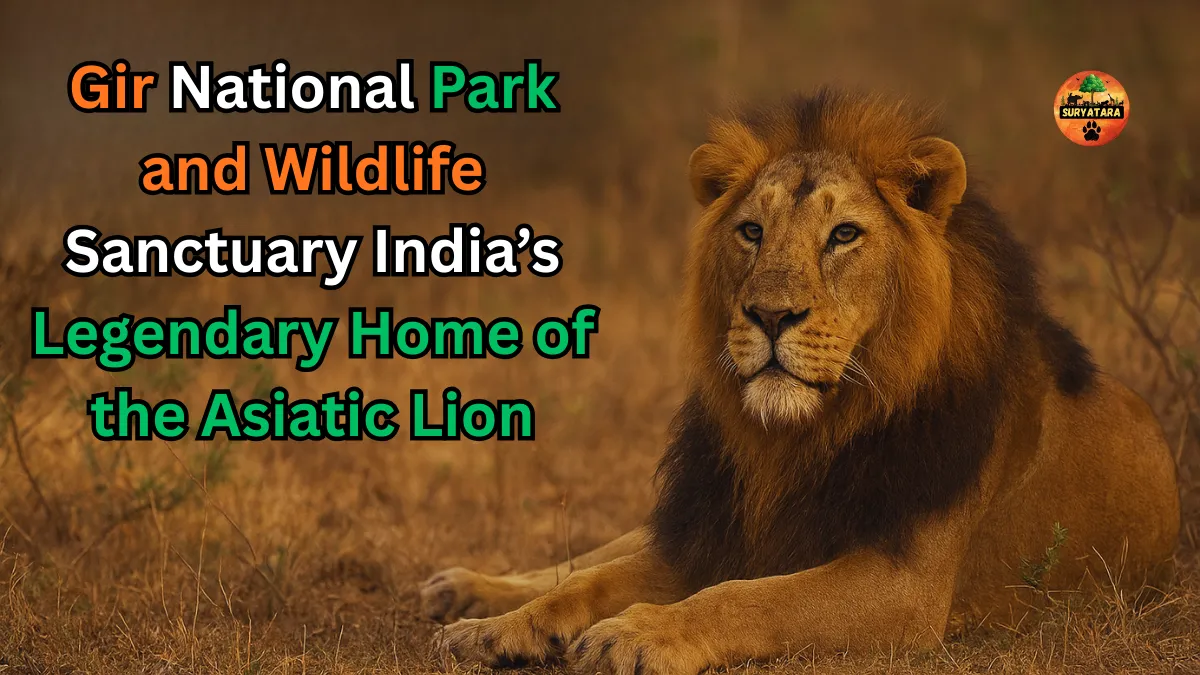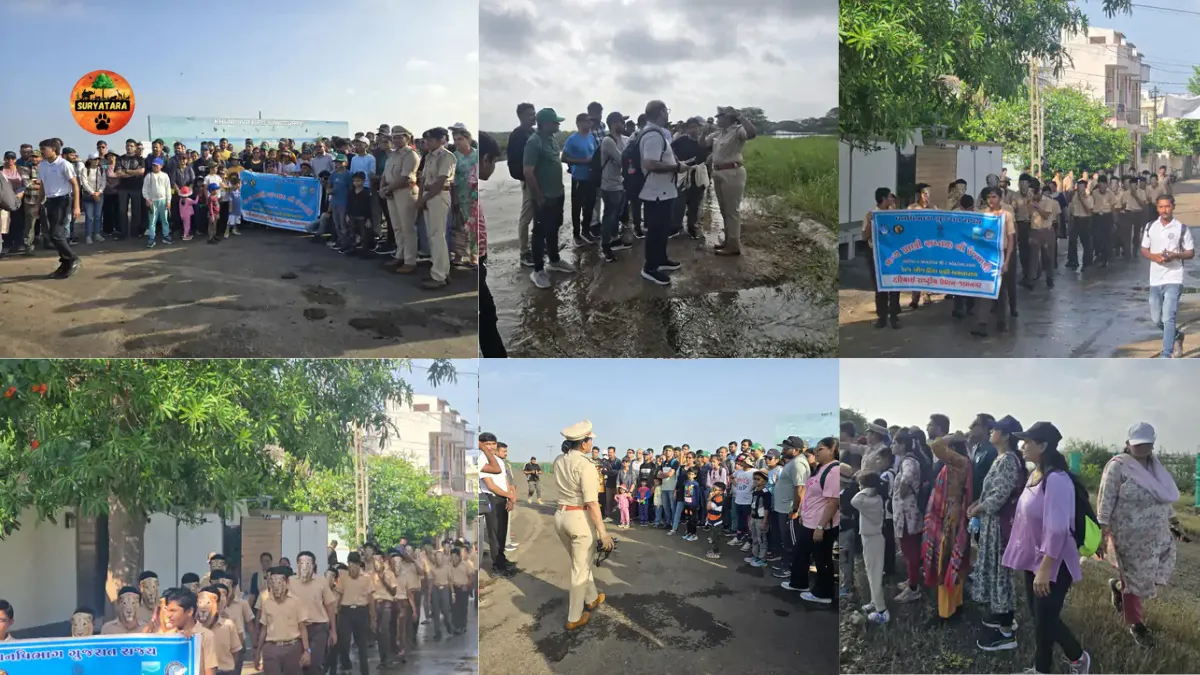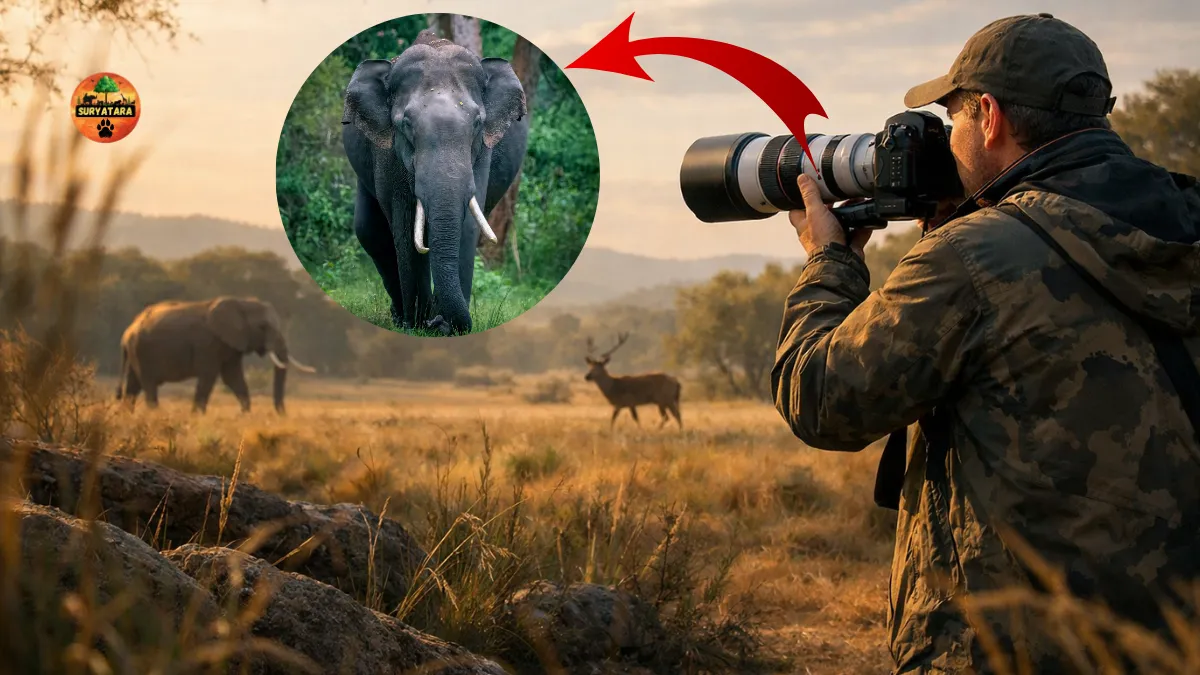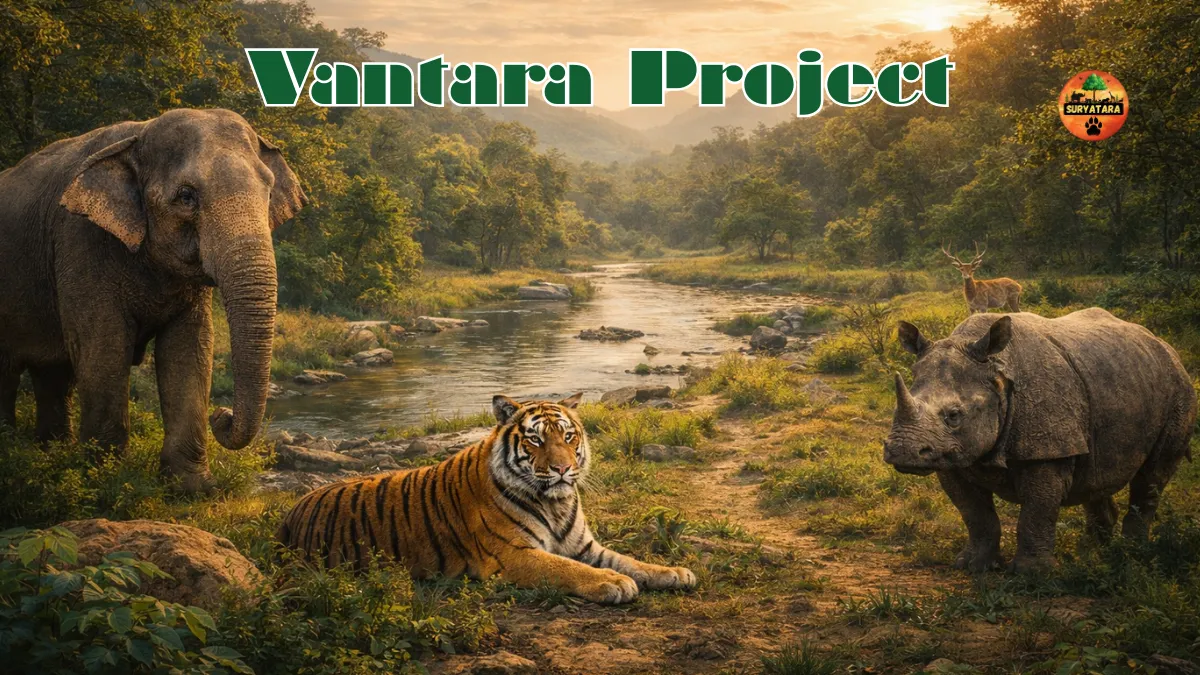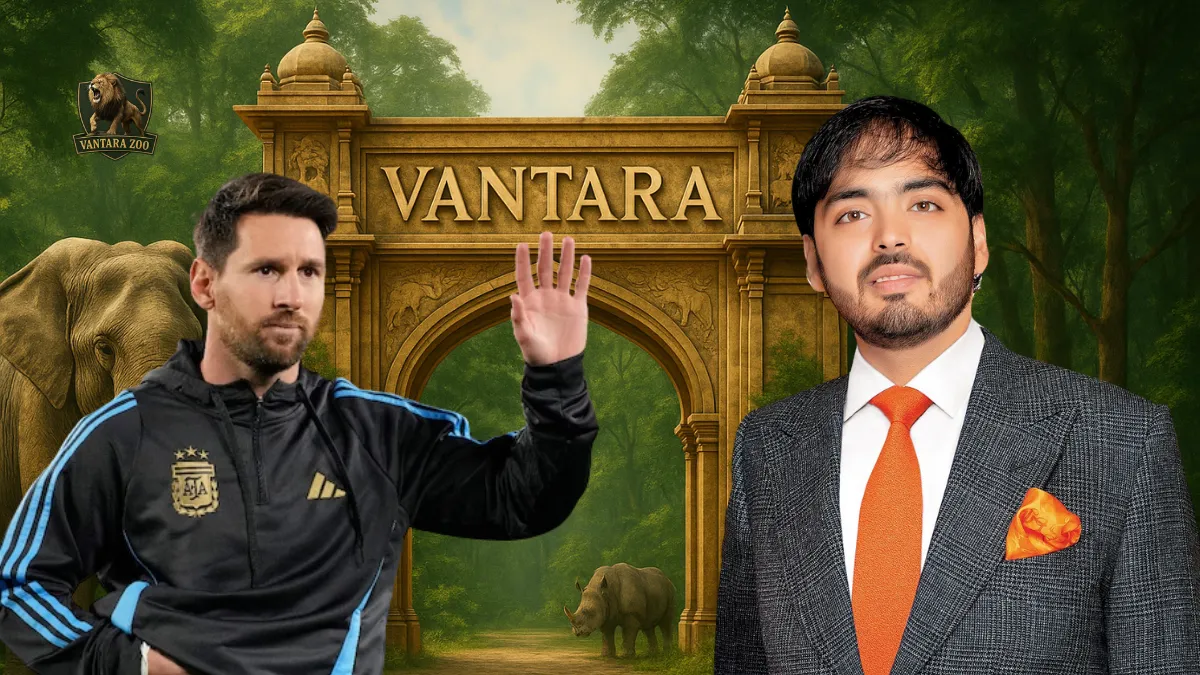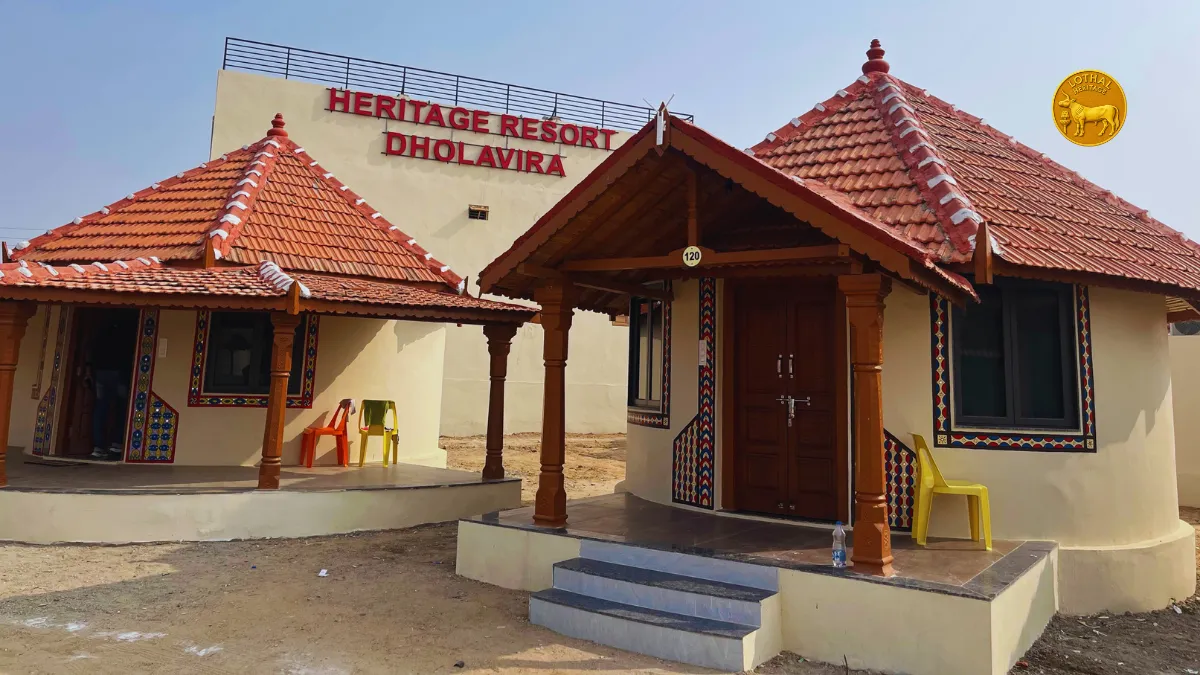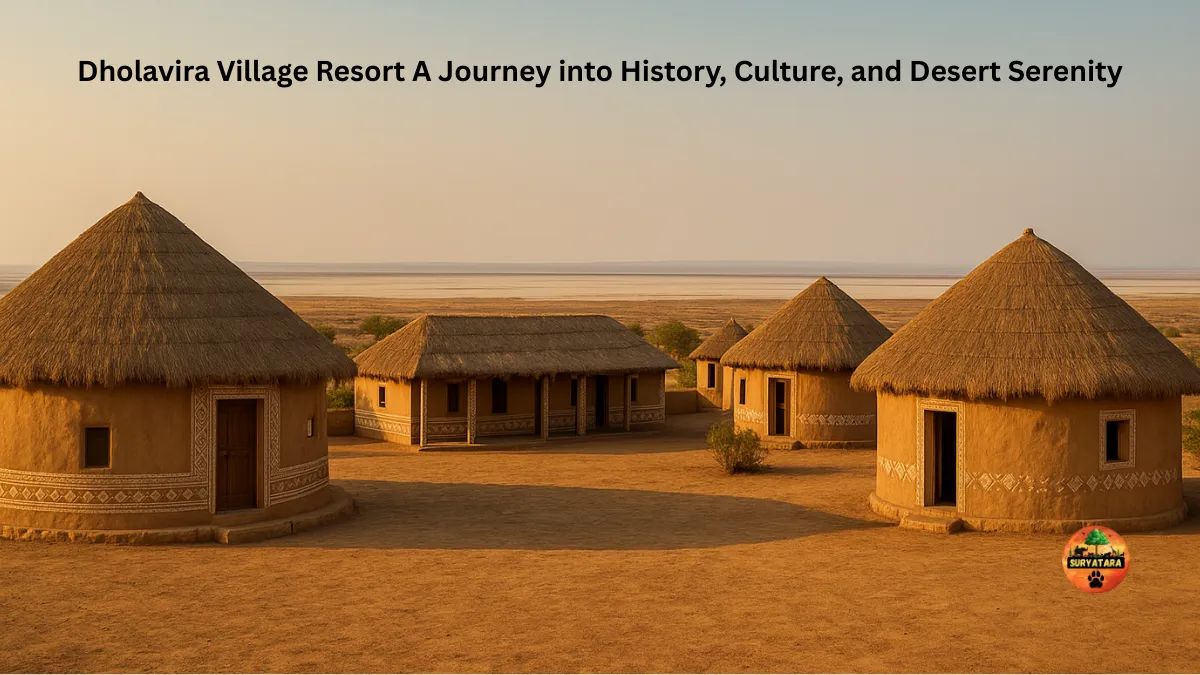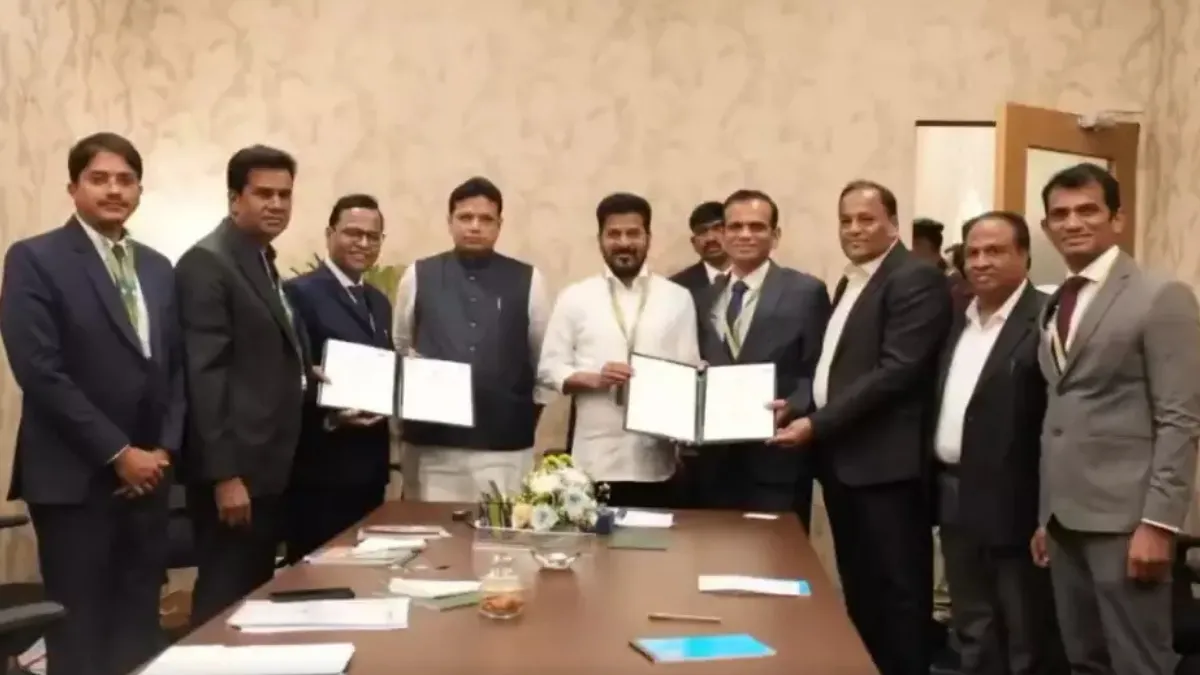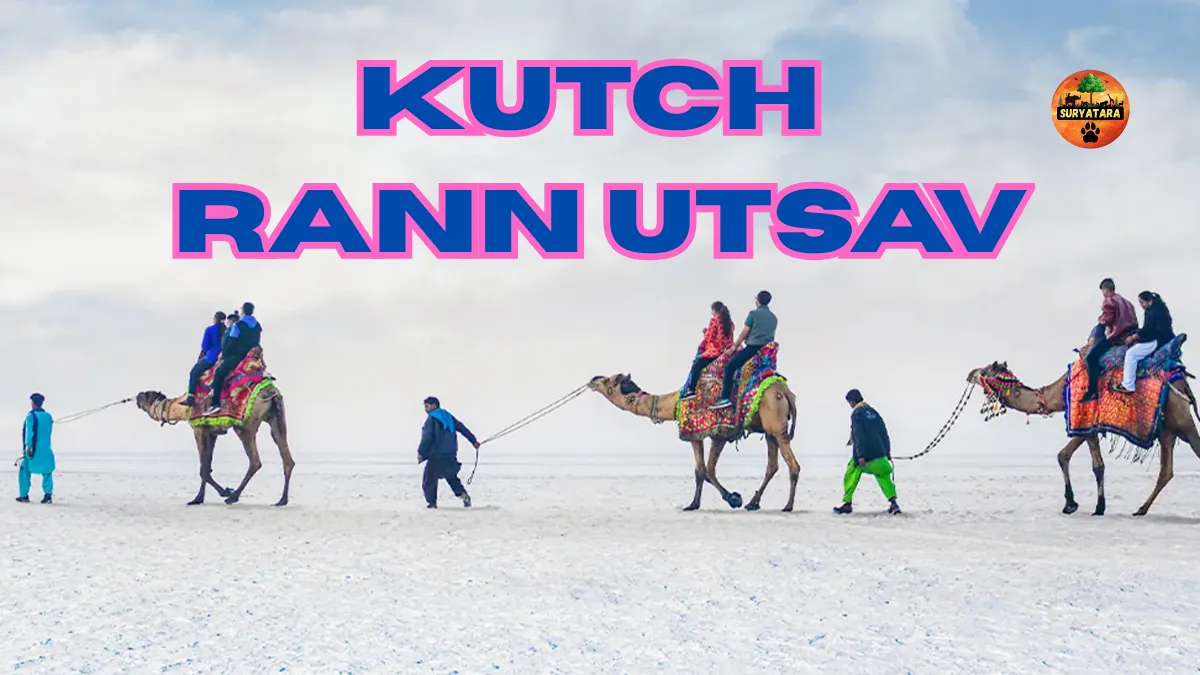Vantara visit is not just an ordinary wildlife experience — it’s a window into one of the world’s most compassionate conservation efforts, built in the heart of Jamnagar, Gujarat. Nestled within the expansive green campus of Reliance Greens, Vantara (meaning “Star of the Forest”) is a private, non-commercial initiative led by Anant Ambani under Reliance Foundation. This facility has quickly become a symbol of India’s dedication to wildlife preservation and animal welfare.
Whether you’re an animal lover, conservationist, or just a curious traveler, a Vantara visit promises an unforgettable and soul-stirring experience. But before you plan your trip, here’s everything you need to know.
What Makes a Vantara Visit So Special?
A Vantara visit is unlike a regular trip to a zoo or a safari park. Here, every rescued animal is treated with utmost care, respect, and dignity. Vantara is not open to the general public as a commercial tourist spot; it is primarily a conservation zone and rescue facility where each animal has a story of survival.
From abused elephants to trafficked big cats and exotic birds, Vantara offers medical, nutritional, psychological, and rehabilitative care to all its rescued wildlife.
Key Highlights of a Vantara Visit
| Feature | Description |
|---|---|
| Location | Moti Khavdi, Jamnagar, Gujarat, India |
| Founded By | Anant Ambani (Reliance Foundation) |
| Year of Inception | 2023 |
| Core Purpose | Animal rescue, treatment, rehabilitation, and conservation |
| Main Residents | Elephants, leopards, lions, tigers, antelopes, exotic birds, reptiles |
| Specialty Units | Elephant Hospital, Quarantine Zones, Enrichment Enclosures |
| Public Access | By invitation only or through guided programs and collaborations |
| Best Time to Visit | November to February (milder weather) |
| Mode of Travel | Accessible via Jamnagar Airport & Railway Station |
Planning Your Vantara Visit: What You Should Know
While a Vantara visit is not yet open for regular tourist entry like a safari park or public zoo, special permission can be granted for educational tours, environmental NGOs, veterinary research teams, and wildlife conservation organizations. If you’re truly passionate about wildlife, reaching out through appropriate channels — like the Reliance Foundation or a partner institution — can make your visit possible.
During your visit, expect a highly organized experience. You’ll likely be taken through:
- The Elephant Zone – where you’ll meet elephants rescued from abuse or poor living conditions.
- The Big Cat Enclosures – specially designed areas where leopards, tigers, and lions are provided safety and space.
- The Aquatic and Exotic Bird Sections – home to rescued marine and avian life, often victims of illegal trade.
The Deeper Purpose Behind Every Vantara Visit
What makes Vantara truly remarkable is the emotional and ethical core of the project. Anant Ambani has publicly shared that Vantara was born out of deep compassion for animals that suffered due to poaching, illegal trafficking, and neglect. Every enclosure, treatment plan, and rehabilitation module is based on global best practices from top zoological and veterinary institutions.
Unlike traditional attractions, a Vantara visit isn’t about amusement. It’s about awareness, empathy, and education. Each animal represents a second chance — and witnessing this transformation leaves a lasting impression on every visitor.
Can You Visit Vantara as a Tourist?
Many people ask: “Can anyone plan a Vantara visit?” The answer is — not yet in a conventional sense. Vantara is currently a non-commercial initiative, meaning it doesn’t sell tickets or run regular public tours. However, here are some potential ways to plan a visit:
- Educational/Research Collaboration: Academic institutions and wildlife research organizations may apply for guided access.
- NGO and Environmental Groups: If you’re part of a registered wildlife or conservation NGO, you may be able to request a group visit.
- Media & Journalism Access: Storytellers, wildlife journalists, and documentary filmmakers can seek permission to cover the initiative.
- Special Events & Announcements: Keep an eye on Reliance Foundation’s public updates, as they occasionally host environmental awareness programs.
Also read: Vantara: A World-Class Wildlife Rescue and Rehabilitation Center in India
Why a Vantara Visit Will Change the Way You See Wildlife
The essence of a Vantara visit lies in its ability to inspire. It changes your understanding of conservation from a concept to a reality — one where action, dedication, and empathy intersect.
You don’t just see animals. You witness their journey from trauma to trust, from injury to healing. You interact with veterinarians, caretakers, and rescue teams who devote their lives to giving animals a second chance. You feel the gravity of the mission — and perhaps, become a part of it.
Also read: Vantara Project Cost in Rupees: A Deep Dive into India’s Landmark Wildlife Conservation Effort
Conclusion: Vantara Visit
If you’re fortunate enough to gain access, then yes — a Vantara visit is a life-changing experience. It is a sanctuary built not for profit, but for purpose. It is where nature is nurtured, and wildlife is given a safe home — not behind bars, but within natural, enriched environments.
Until the gates open wider, let us all support the mission from where we are: by spreading awareness, discouraging illegal wildlife trade, and learning to live in harmony with all creatures.
A Vantara visit is more than a trip — it’s a testimony to what’s possible when passion meets purpose. Whether you go there physically or support the cause from afar, Vantara represents a powerful reminder: compassion is the true foundation of conservation.
